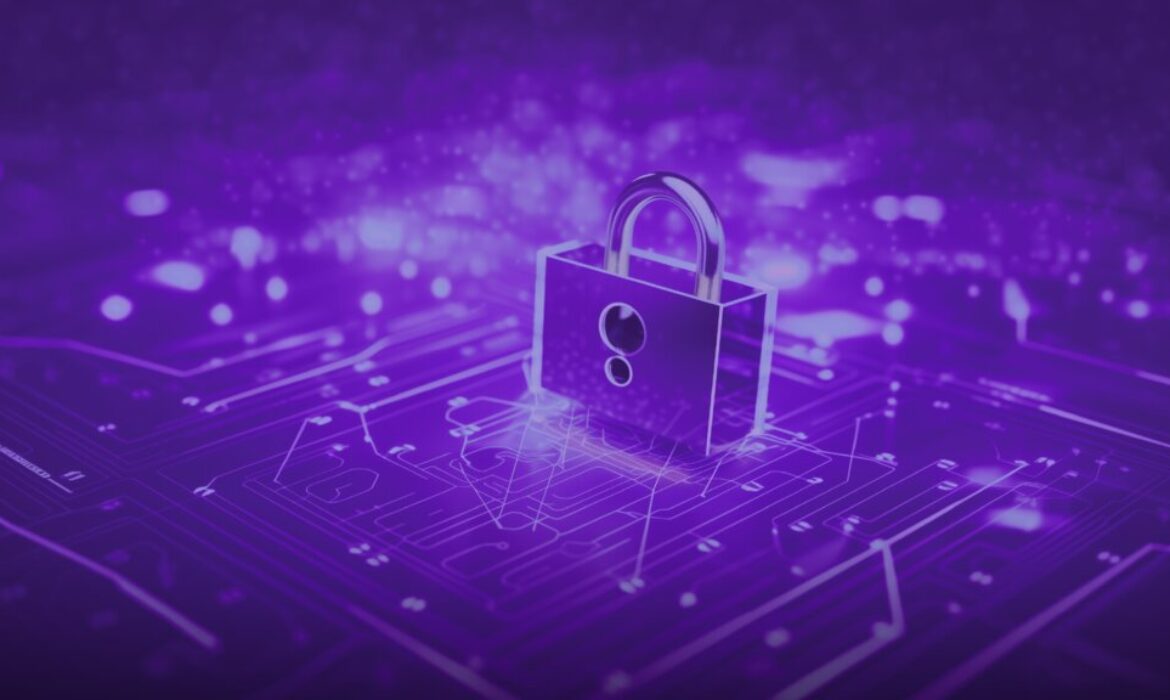
How to Ensure Data Security with Pimcore Development Services?
Within the current digital time, data security is significant. Broad information collection by enterprises requires defending the data from loss, burglary, and breaches. The open-source digital platform Pimcore is a strong ally in attaining strong data security since it provides an extensive toolkit for managing and integrating different kinds of data.
This article explores the built-in features, best practices, and strategic implementations that Pimcore development services may offer to assist in assuring data security.
Understanding pimcore’s Data Security
Pimcore’s adaptability extends to content management systems (CMS), client data management, digital asset management (DAM), and product information management (PIM). Since of its integration capabilities, Pimcore gets to be a central repository for sensitive information, which calls for strict information security protocols. Engineers and directors can utilize the platform’s built-in support for a few security measures and strategies to secure information.
Key Features of Pimcore Development Services
Pimcore Development Services features include:
- Setting Up Security in Your Company: It offers a solid security base straight out of the box, ensuring your company gets off to a safe start. By providing preset security settings, this functionality lessens the need for significant adjustments on the platform. Consider hiring a personal security professional to ensure your house is secure. For your company’s digital domain, Pimcore Secured implements robust security protocols.
- Access Control Lists: Robust ACLs are provided by Pimcore to manage who has access to and can alter data. Administrators can guarantee that only individuals with the proper authorization can access critical data by defining specific permissions for users and groups. Organizations can reduce the danger of illegal access by using ACLs efficiently.
- Encouraging Preventive Security Patching for Your Company: Keeping your system updated against new threats guarantees ongoing protection. Fixing vulnerabilities calls for timely system updates and ongoing monitoring.
- Encryption: Pimcore facilitates data encryption for both in-transit and at-rest scenarios. While data encryption in transit protects data while it travels across networks, encryption at rest guarantees that the information saved is safe from security breaches. It is essential to use dual-layer encryption to safeguard sensitive data from several attack routes.
- Audit Logs: Pimcore’s audit logs record any data access and modifications. These logs give administrators a thorough record of who accessed what information when, allowing them to spot questionable activity and guarantee accountability. Reviewing audit records on a regular basis aid in the early identification of possible security breaches.
- Comprehensive Security Reporting for Your Company: Learn enlightening viewpoints regarding the security condition of your online platforms. This feature’s thorough reports help you better comprehend and manage your security environment. This feature is akin to a comprehensive wellbeing check-up for computerized security, giving exact and point by point reports on your digital defense.
- Two-Factor Authentication (2FA): 2FA offers an extra layer of security by constraining clients to show two forms of character to get to the framework. Pimcore’s capacity to work with various 2FA solutions dramatically brings down the plausibility of unwanted get to.
Top Tips for Using Pimcore to Improve Data Security
- Frequent Patches and Updates: It is essential to maintain the Pimcore platform and its dependencies up to date. Newer versions frequently have security patches that address vulnerabilities. Frequent upgrades guarantee that the platform continues to be safe against known attacks. Automated update systems can facilitate patch and update installations on time.
- Data Recovery and Backup: A strong data backup plan guarantees that data can be restored in the event of loss, ransomware attack, or damage. For important data, regular backups and proper storage procedures offer a safety net. Pimcore’s built-in backup features can be adjusted to meet organizational requirements.
- Secure Development Methods: Developers working on Pimcore projects must implement secure coding methods. This entails following security protocols to avoid typical vulnerabilities like SQL injection, cross-site scripting (XSS), input validation, and output encoding. Routine security testing and code reviews further improve code integrity.
- Using Role-Based Access Control (RBAC) in Pimcore guarantees that users can only access the information required for their responsibilities. By limiting access based on responsibilities, organizations can reduce the risk of data exposure and the potential harm from compromised accounts.
Data Security Strategic Implementations
- Entire Security Procedures: Creating and implementing comprehensive security policies is essential. These policies should cover data processing, user access, incident response, and compliance needs. It is ensured that everyone knows their part in preserving data security by providing training to staff members on these policies.
- Integration with Security Tools: Pimcore’s security posture is improved by integrating it with cutting-edge security tools and platforms. Devices like antivirus software, intrusion detection systems (IDS), and security information and event management (SIEM) systems offer more protection. These integrations aid in real-integrations aid real-time threat ident Security Audits: Regular security audits aid in spotting possible weaknesses and evaluating how well security measures work. These audits should cover all facets of the Pimcore environment, including data security, applications, and infrastructure. An impartial assessment of the security posture is given via third-party audits.
- Data Minimization and Anonymization: Implementing these strategies decreases the danger of data breaches. Organizations can reduce the possible effects of data disclosure by only gathering information that is absolutely essential and by anonymizing sensitive data. The flexible data modeling in Pimcore makes it simple to implement these approaches.
In summary
Using built-in security capabilities, following best practices, and implementing strategic security measures are all necessary to ensure data security when using pimcore development services. Organizations can effectively protect their data by concentrating on access control, encryption, frequent audits, secure development techniques, and robust security policies. \
Pimcore’s extensive and adaptable platform offers a solid framework for protecting and managing vital company data in the digital era when paired with these security measures. Utilizing Pimcore to its fullest extent guarantees that enterprises remain ahead of potential attacks and protect their most precious asset, their data, as data security remains a significant issue.



